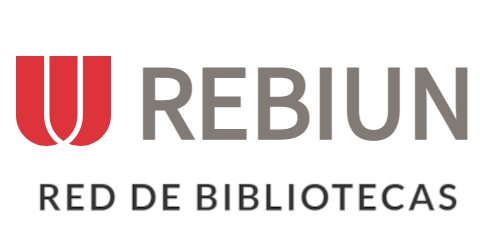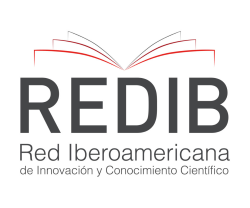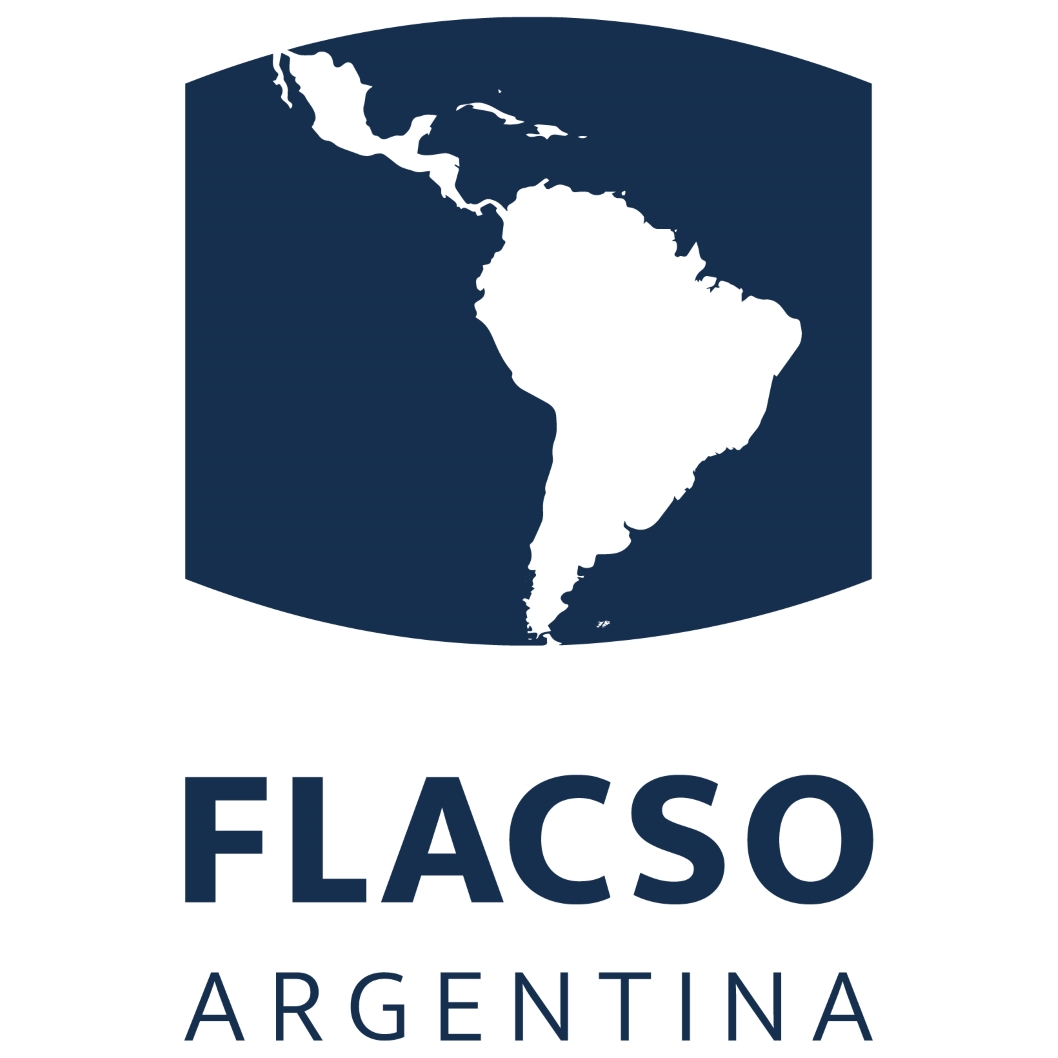Efecto de la agitación y la posición de inmersión en las curvas de enfriamiento para un acero SAE 4340
Resumen
El temple es uno de los tratamientos térmicos más utilizados en la industria Metal-Mecánica y Metalúrgica para mejorar las propiedades mecánicas en los aceros empleando altas velocidad de enfriamiento que permiten la transformación de austenita a martensita. Sin embargo, el temple involucra diversos fenómenos acoplados físicos-térmicos-mecánicos los cuales son difícil de controlar y predecir, exponiendo la calidad de las piezas templadas cuando no se cuenta con un óptimo diseño del proceso. La presente investigación tiene como objetivo evaluar el efecto de la posición de inmersión de las piezas y de agitación del medio líquido, sobre la extracción de calor representado por las curvas de enfriamiento, lo anterior permitirá determinar con mayor exactitud el coeficiente de transferencia de calor (CTC) en piezas de un acero en forma de “C” de tipo SAE 4340. Se diseñó y construyó un sistema de enfriamiento controlando (agitación del líquido y la posición de inmersión). Los resultados obtenidos permitieron analizar la historia térmica del enfriamiento de las muestras mediante curvas de enfriamiento y se calculó el coeficiente de transferencia de calor a través de elementos finitos.
Descargas
Citas
Adedayo S. M., Adekunle A. S & Oladimeji T. (2014). Effect of quench immersion speed in water on the mechanical properties of C30 carbon steel. Proceeding of the World Congress on Engineering Vol II WCE 2014. 1283-1287.
Aronsson-Rindby A. C. (2012). Compilation and validation of heat transfer coefficient of quenching oils. Thesis. Chalmers University of Technology, Gothenburg, Sweden.
Basak A & Levitas V. I. (2019). Finite element procedure and simulations for a multiphase phase field approach to martensitic phase transformations at large strains and with interfacial stresses. Computer Methods in Applied Mechanics and Engineering, Vol. 343, no. 1, 368-406. DOI: 10.1016/j.cma.2018.08.006.
Bouissa Y., Shahriari D., Champliaud H & Jahazi M. (2019). Prediction of heat transfer coefficient during quenching of large size forged blocks using modeling and experimental validation. Case Studies in Thermal Engineering, Vol. 13, 100379. DOI: 10.1016/j.csite.2018.100379.
Da Silva A., Pedrosa T., González-Méndez J., Jiang X., Cetlin P & Altan T. (2012). Distortion in quenching an AISI 4140 C-Ring-Predictions and experiments. Materials and Design, Vol. 42, 55-61. DOI: 10.1016/j.matdes.2012.05.031.
De Oliveira W. P., Savi M. A & Pacheco P. M. C. L. (2013). Finite element method applied to the quenching of steel cylinders using a multi-phase constitutive model. Archive of Applied Mechanics, Vol. 83, 1013-1037. DOI: 10.1007/s00419-013-0733-x.
Denis S., Sjostrom S & Simon A. (1987). Coupled temperature, stress, phase transformation calculation; model numerical Illustration of the internal stresses evolution during cooling of a eutectoid carbon steel cylinder. Metallurgical and Materials Transactions A, Vol. 18, 1203-1212. DOI: 10.1007/BF02647190.
Fletcher A. J & Griffiths W. D. (2013). Heat transfer during vapour blanket stage of quench. Materials Science and Technology, Vol. 9, no. 11, 958-966. DOI: 10.1179/mst.1993.9.11.958.
Gür C. H & Pan J. (2009). Handbook of thermal process modeling of steels. Taylor & Francis.
Hasan H. S. (2009). Evaluation of heat transfer coefficient during quenching of steels. Thesis, Ph D, University of Technology, Cambridge U.K.
Hasan H. S., Khaleefah R. H., Al haboubi N. A & Salman R. D. (2018). Effect of agitation, temperature, and quenching medium on cooling curve and cooling rate for steels. Al-Nahrain Journal for Engineering Science, Vol. 21, no. 4, 473-478. DOI: 10.29194/NJES.21040473.
Huang D., Arimoto K., Lee K., Lambert D & Narazaki M. (2000). Prediction of quench distortion on steel shaft with keyway by computer simulation. ASTM Proceedings: Heat Treating, Vol. 2, 708-712.
Inoue T., Ju D. Y & Arimoto K. (1992). Metallo-thermo-mechanical simulation on quenching process, theory and implementation of computer code heart. In ASM International, Organizer, editor. Proceedings of the 1st international conference on quenching and control of distortion. 205-212.
Kang S. H & Im Y. T. (2007). Three-dimensional thermos-elastic-plastic finite element modeling of quenching process of plain-carbon steel in couple with phase transformation. International Journal of Mechanical Sciences, Vol. 49, no. 4, 423-439. DOI: 10.1016/j.ijmecsci.2006.09.014.
Li Z., Freborg A. M., Hansen & Srivatsan T. S. (2013). Modelling the effect of carburization and quenching on the development of residual stresses and bending fatigue resistance of steel gears. Journal of Materials Engineering and Performance, Vol. 22, 664-672. DOI: 10.1007/s11665-012-0306-0.
López-García R. D., Medina-Juárez I & Maldonado-Reyes A. (2022). Effect of quenching parameters on distortion phenomena in AISI 4340 steel. Metals, Vol. 12, No. 5, 759-780. DOI: 10.3390/met12050759.
Serajzadeh S. (2004). Modelling of temperature history and phase transformation during cooling of steel. Journal of Materials Processing Technology, Vol. 146, no. 3, 311-317. DOI: 10.1016/j.jmatprotec.2003.11.010.
Şimşir C. (2014). Modeling and simulation of steel heat treatment-prediction of microstructure, distortion, residual stress, and cracking. ASTM Handbook Steel Heat Treating Technologies, Vol. 4, 409-466.
Watanabe K., Yamada M., Nakasaki M., Matsumoto R & Utsunomiya H. (2020). Determination of transformation plasticity coefficient of steel by horizontal quenching of shaft. Procedia Manufacturing, Vol. 50, 498-502. DOI: 10.1016/j.promfg.2020.08.090.
Wolff M., Böhm M., Löwisch G & Schmidt A. (2005). Modelling and testing of transformation-induced plasticity and stress-dependent phase transformation in steel via simple experiments. Computational Material Science, Vol. 32, no. 2-3, 604-610. DOI: 10.1016/j.commatsci.2004.09.003.
Derechos de autor 2022 Ricardo Daniel López García;María Magdalena Reyes Gallegos;Israel Medina Juárez;Araceli Maldonado Reyes;Carlos Puga Patlán

Esta obra está bajo licencia internacional Creative Commons Reconocimiento 4.0.











.png)




















.png)
1.png)


